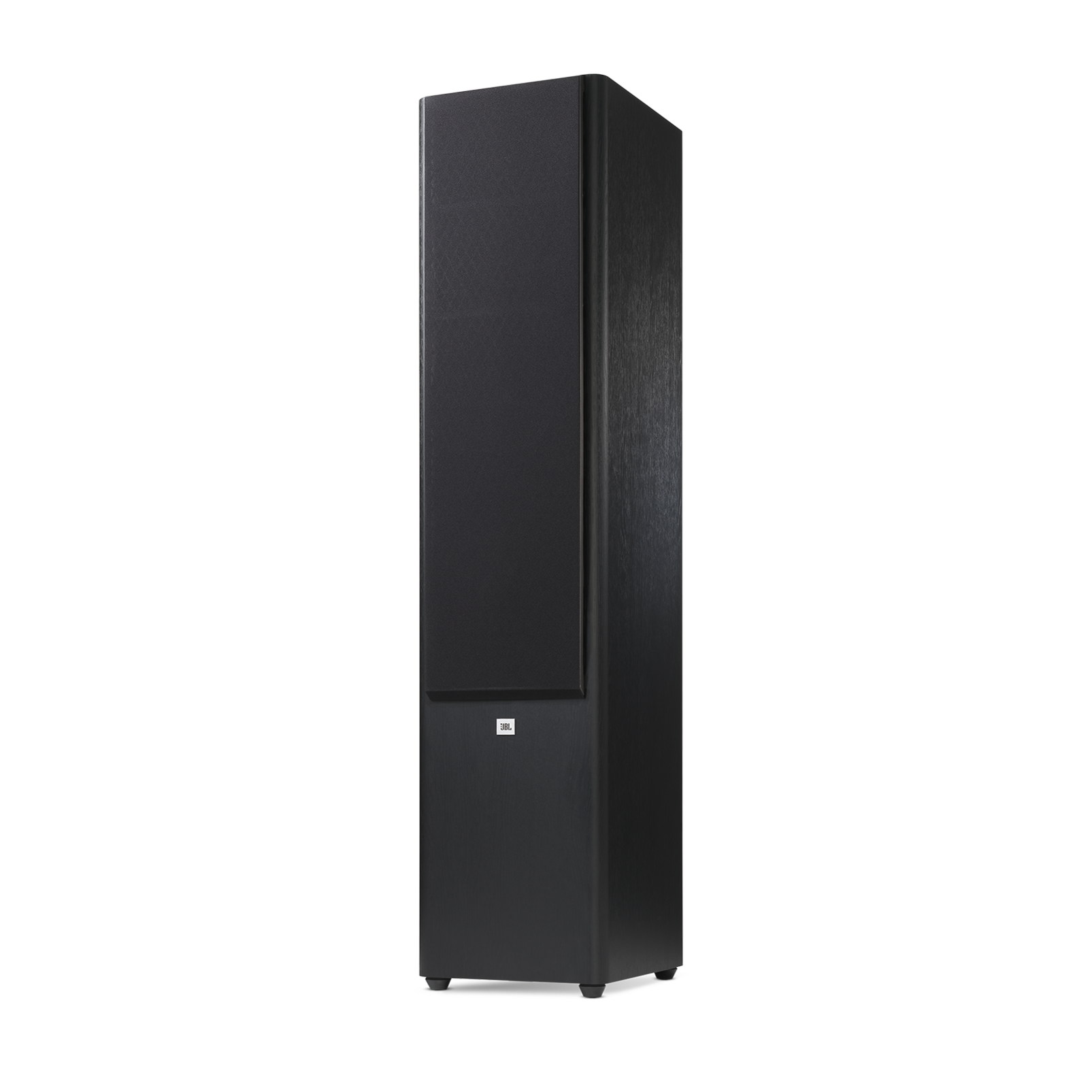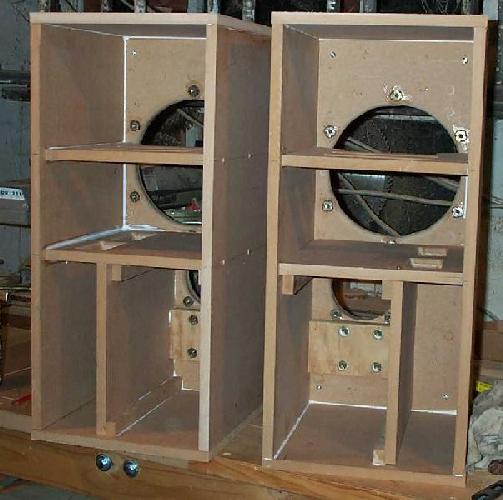


- 3 WAY SPEAKER ENCLOSURE DESIGN DRIVERS
- 3 WAY SPEAKER ENCLOSURE DESIGN DRIVER
- 3 WAY SPEAKER ENCLOSURE DESIGN FULL
Loud, strong and fast-perfect monitor characteristics. We use it in both the M3-8’s 8” woofer and the 5” midrange, giving those units an incredibly fast transient attack, excellent sensitivity and great resistance to cone flexing and resonant breakup at high power levels.
3 WAY SPEAKER ENCLOSURE DESIGN DRIVER
Kevlar® is an ideal driver diaphragm material: Incredibly strong, stiff and light (it’s used in military body armor!). That’s what a great monitor is supposed to do for you. Your mixes sound real, and you can make very confident, precise adjustments to your recordings.
3 WAY SPEAKER ENCLOSURE DESIGN DRIVERS
No speaker with conventionally-mounted drivers can equal the M3-8’s incredibly natural, three-dimensional sound field. Instead, with the M-Audio M3-8, the all-important midrange and treble information reaches your ears at precisely the same time, delivering the ultimate in detail and clarity.

Doing so means the sound of the two drivers integrates perfectly, without the “time/arrival distortion” of conventionally-spaced drive units. In the sophisticated design of the M3-8, the midrange and tweeter are mounted in-line with each other (the tweeter is actually mounted at the apex of the midrange) at precisely the same point in space. The M3-8 uses its drivers only in the frequency range it has very wide-angle dispersion.īest of all, the space-saving M3-8 Studio Reference Monitor delivers its truly spectacular three-way sound from the same compact cabinet size as a standard two-way monitor. This is critically important in a studio monitor-you have to have wide, even, consistent sound coverage so you can hear your mixes with clarity and detail, even if you’re standing a little off to the side (“off axis”) of the speaker. The sound coverage (sometimes called “dispersion” or “radiation pattern”) is extremely wide and consistent. The lower a tweeter crosses over, the more likely it is that you’ll suffer tweeter failure from burnout or irreparable voice coil displacement from over-excursion.ģ.
3 WAY SPEAKER ENCLOSURE DESIGN FULL
In contrast, the tweeter in a two-way speaker crosses over about a full octave lower-around 2,000 Hz-which puts it in considerably greater thermal and mechanical danger. The crossover frequency specs tell the story: In a properly designed three-way speaker, the tweeter doesn’t have to “enter the game” until around 4,000 Hz-well up into the treble region, which is not a frequency area that requires the current-heavy drive signals that can burn out a delicate tweeter.

Having a dedicated midrange driver means that the tweeter-which is the most fragile of speaker elements-does not have to struggle trying to reach down to the midrange frequencies, as tweeters must do in two-way systems. It handles great amounts of power and is extremely reliable. For the same wattage input, a five-inch midrange driver literally takes a “bigger bite” out of the air, which translates into more sound for the same input power.Ģ. A midrange driver is typically four to five inches in diameter, meaning that the midrange driver can “move a lot more air” through the mid frequencies than a diminutive 1” tweeter. We know what you’re thinking: Why do you make a three-way monitor? Why do I need one?Ī well-designed three-way monitor using high quality drive units exhibits really outstanding performance:ġ.


 0 kommentar(er)
0 kommentar(er)
